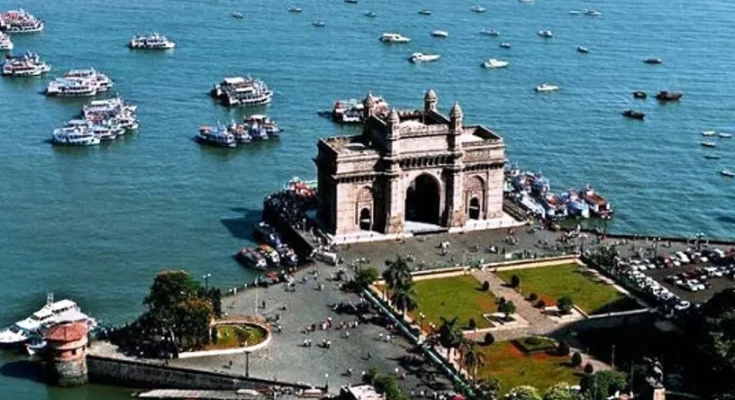Mumbai, the pulsating heart of India, is a city where the old seamlessly blends with the new. Its skyscrapers and bustling streets tell tales of modernity, but beneath this dynamic facade lies a treasure trove of history waiting to be discovered. Maharashtra Tourism Development Corporation (MTDC)‘s official website offers comprehensive information on tourist destinations, accommodations, festivals, and travel tips within Maharashtra, including Mumbai. For the history enthusiasts and curious travelers alike, here’s a curated list of Mumbai’s must-visit historical sites that narrate its fascinating past.
1. Gateway of India: A Monumental Marvel
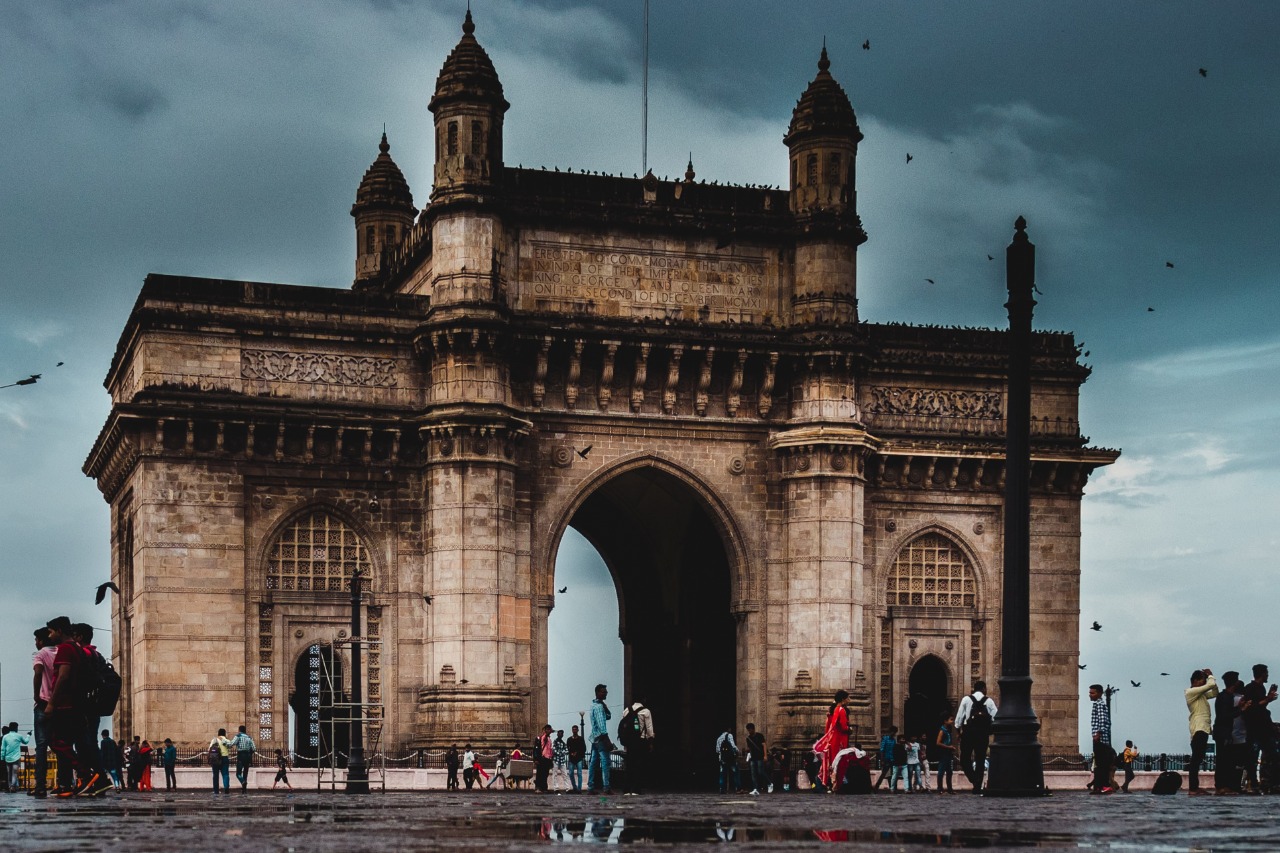
The Gateway of India isn’t merely an architectural wonder; it’s a symbol of Mumbai’s historical and cultural significance. Constructed in the early 20th century to commemorate the landing of King George V and Queen Mary, this basalt arch stands as an emblem of British colonial grandeur. Over the years, it has witnessed numerous significant events, from the departure of British troops post-independence to the tragic attacks in 2008. Today, it remains one of Mumbai’s most iconic landmarks, offering panoramic views of the Arabian Sea and serving as a popular gathering spot for both locals and tourists.
2. Chhatrapati Shivaji Maharaj Vastu Sangrahalaya: A Journey Through Time

Formerly known as the Prince of Wales Museum, this institution is more than just a repository of artifacts; it’s a chronicle of India’s multifaceted history and cultural heritage. Its vast collection spans from ancient sculptures and miniature paintings to decorative arts and natural history exhibits. The museum’s Indo-Saracenic architecture, adorned with intricately carved motifs, adds to its allure, making it a must-visit for history enthusiasts and art connoisseurs alike.
3. Elephanta Caves: Mystical Marvels
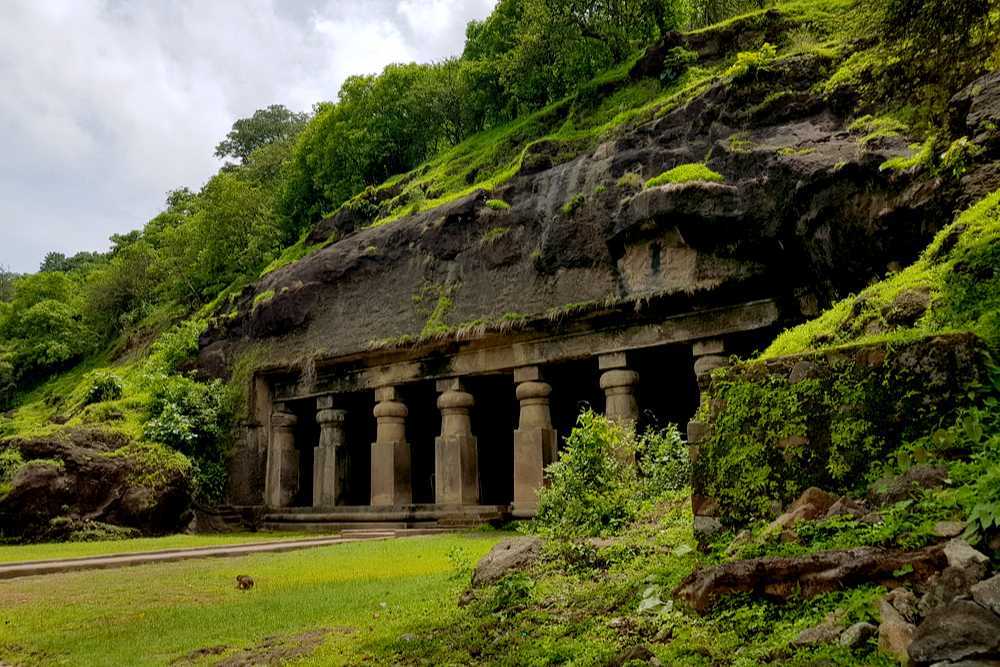
The Elephanta Caves, located on Elephanta Island, are a masterpiece of rock-cut architecture dedicated to Lord Shiva. The main cave, known as the Maheshamurti cave, houses a colossal sculpture of Sadashiva, depicting three aspects of Shiva. The intricate carvings, especially the depictions from the mythological epics, showcase the pinnacle of ancient Indian artistry. A UNESCO World Heritage site, the Elephanta Caves offer a mesmerizing blend of spirituality, art, and history.
4. Dr. Bhau Daji Lad Museum: A Victorian Treasure

Housed in a meticulously restored Victorian building, the Dr. Bhau Daji Lad Museum is a testament to Mumbai’s rich cultural tapestry. Its collection, which includes rare manuscripts, traditional textiles, and archaeological artifacts, provides a comprehensive overview of Mumbai’s evolution from a fishing village to a cosmopolitan metropolis. The museum’s outreach programs and exhibitions further enrich the visitor’s experience, fostering a deeper appreciation for Mumbai’s cultural heritage.
5. Kanheri Caves: The Buddhist Legacy

Nestled amidst the serene surroundings of Sanjay Gandhi National Park, the Kanheri Caves are a repository of Buddhist art and architecture. Dating back to the 1st century BCE, these rock-cut caves served as monastic complexes and centers of learning. The intricately carved stupas, chaityas, and viharas, adorned with Buddhist sculptures and inscriptions, provide invaluable insights into India’s Buddhist heritage and the region’s socio-cultural dynamics during ancient times.
6. Mani Bhavan: Gandhi’s Mumbai Connection

Mani Bhavan is not just a museum; it’s a homage to Mahatma Gandhi’s indomitable spirit and unwavering commitment to truth and non-violence. This modest two-story building served as Gandhi’s Mumbai headquarters during the freedom struggle. Today, it houses a rich collection of photographs, letters, and personal belongings of the Mahatma, offering a poignant glimpse into his life, principles, and the pivotal role he played in shaping India’s destiny.
7. Flora Fountain: A Symbol of Mumbai’s Renaissance

Flora Fountain, surrounded by majestic colonial-era buildings, stands as a testament to Mumbai’s architectural splendor during the British Raj. Named after the Roman goddess Flora, the fountain is a harmonious blend of water, stone, and bronze. The ornate detailing, including the flora and fauna motifs, reflects the Victorian aesthetic sensibilities. A stroll around Flora Fountain is akin to a journey through Mumbai’s colonial past, revealing tales of prosperity, innovation, and cultural exchange.
8. Rajabai Clock Tower: The Big Ben of Mumbai
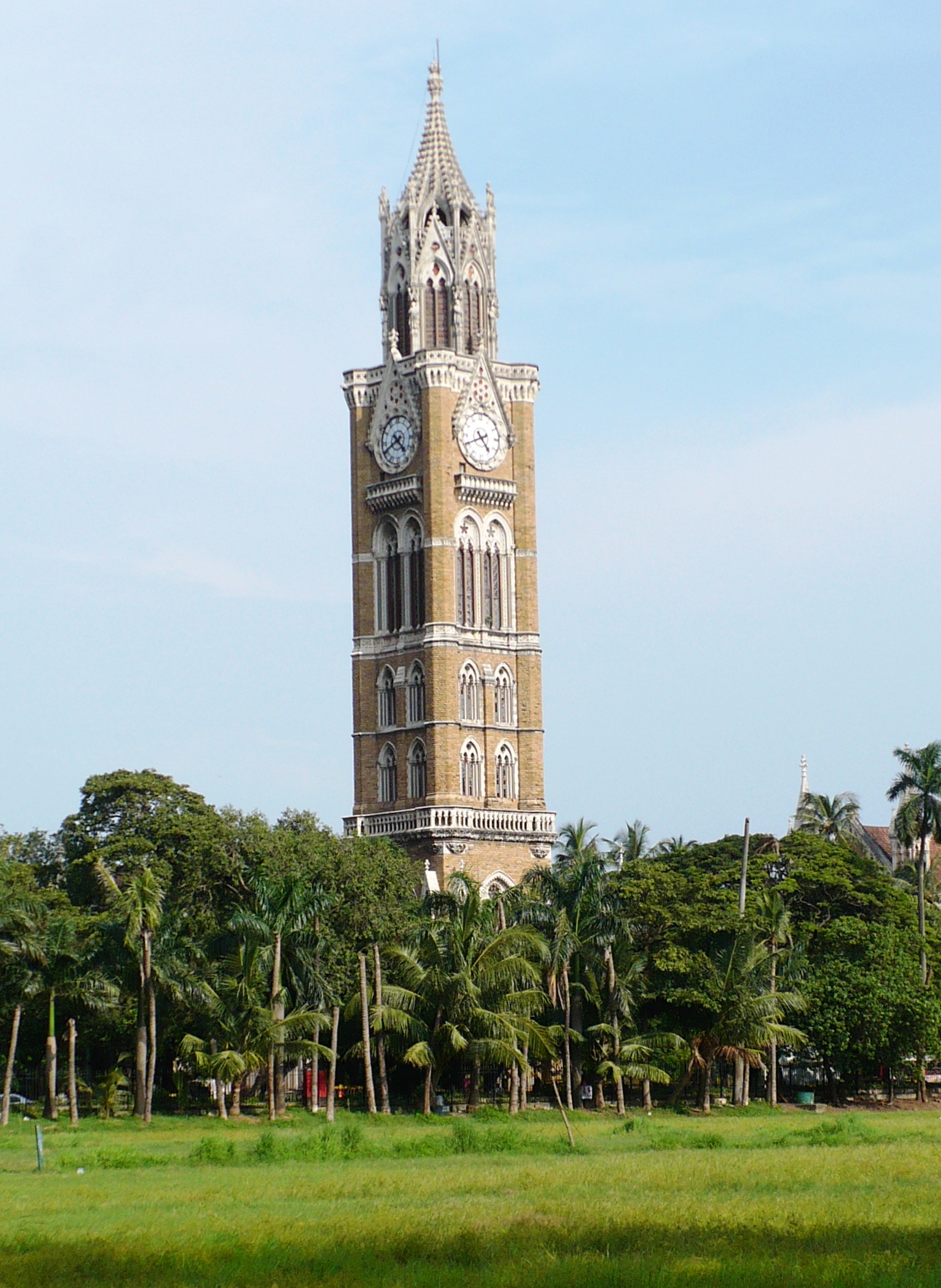
The Rajabai Clock Tower, with its soaring spire and neo-Gothic architecture, is a quintessential symbol of Mumbai’s Victorian-era architectural legacy. Designed by Sir George Gilbert Scott, the tower houses a majestic clock mechanism that chimes every quarter-hour. The tower’s foundation stone was laid in 1869 and stands as a testament to Mumbai’s rapid urbanization during the British era. A climb to its pinnacle offers panoramic views of Mumbai’s skyline, serving as a vantage point to appreciate the city’s architectural diversity.
9. Worli Fort: The Sentinel of Mumbai’s Coastline
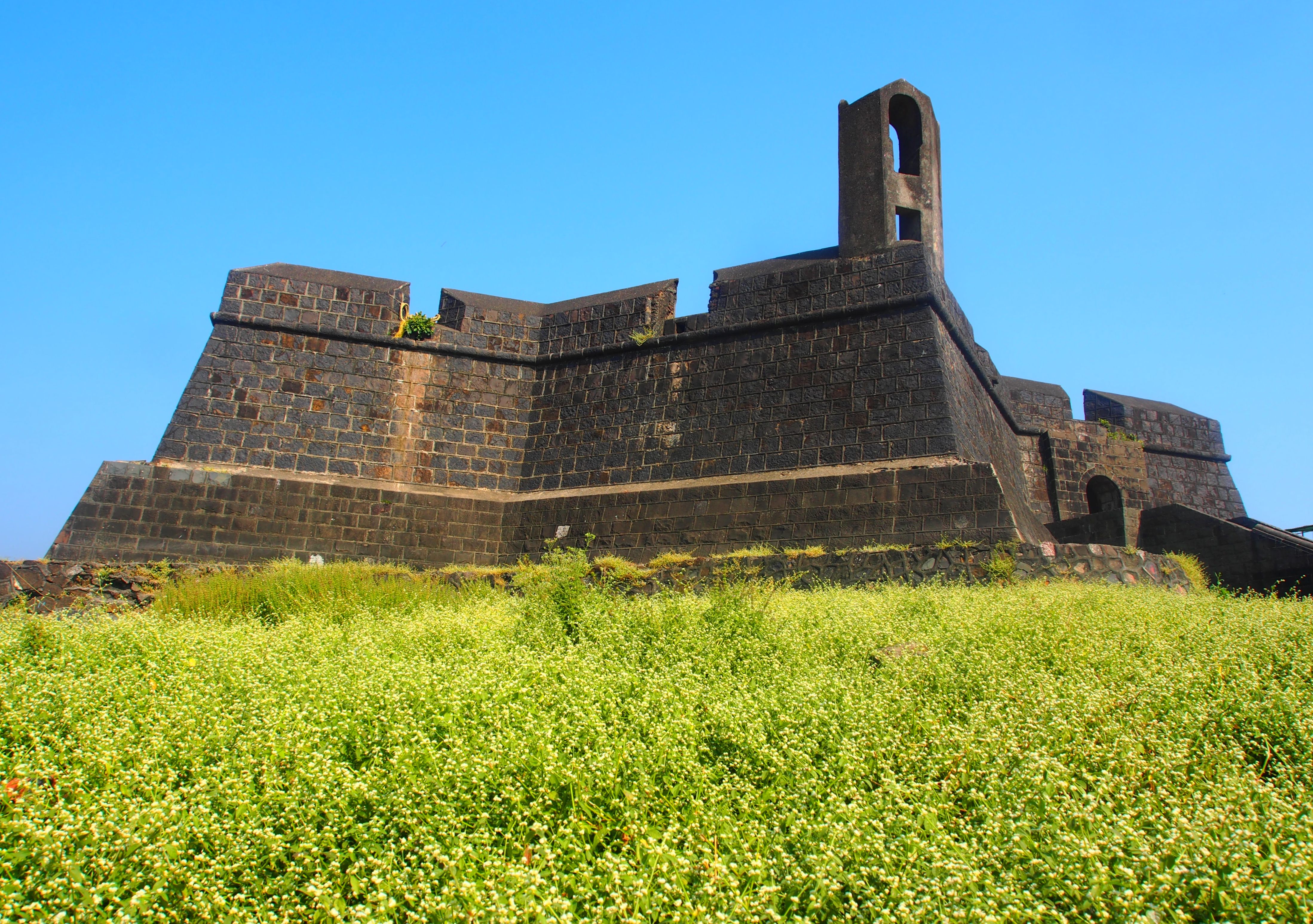
The Worli Fort, although in a state of partial ruins, stands as a silent sentinel guarding Mumbai’s western coastline. Built by the British in the 17th century, this fortification was strategically positioned to oversee maritime activities and defend against potential invasions. Its location, overlooking the Arabian Sea, offers a serene escape from the city’s hustle, making it a popular spot for sunset views and leisurely strolls.
10. Banganga Tank: Mumbai’s Sacred Oasis

Banganga Tank, surrounded by ancient temples and stepped ghats, is a testament to Mumbai’s spiritual heritage. Legend has it that Lord Rama, during his quest to find Sita, created this sacred water body by shooting an arrow into the ground. The tank’s tranquil ambiance, coupled with the melodious chants from nearby temples, offers a spiritual retreat in the heart of Mumbai, making it a favored destination for devotees and tourists alike.
11. Sewri Fort: A Forgotten Citadel

The Sewri Fort, though overshadowed by the city’s urban sprawl, holds immense historical significance. Built by the British in the 17th century, this fort served as a strategic outpost for safeguarding Mumbai’s eastern seaboard. Today, its dilapidated walls and bastions, interspersed with panoramic views of the Mumbai harbor, offer a serene escape from the city’s chaos, inviting visitors to explore its hidden corridors and rediscover Mumbai’s maritime legacy.
12. Afghan Church: A Memorial of Valor
The Afghan Church, located near the iconic Gateway of India, is a poignant reminder of Mumbai’s military history. Built in the 19th century as a memorial to the soldiers who perished in the First Afghan War, this Anglican church is renowned for its Gothic architecture and stunning stained glass windows. The serene ambiance, coupled with the solemn memorials, pays tribute to the valor and sacrifice of the brave souls, making it a place of reverence and reflection.
Guidance for Travelers Exploring These Attractions
Plan Ahead: Before visiting any site, research its opening hours, ticket prices (if applicable), and any special events or exhibitions that might be taking place during your visit.
Dress Appropriately: Many historical sites, especially religious ones, have dress codes. Ensure you dress modestly, covering your shoulders and knees, to show respect and avoid any inconvenience.
Use Reliable Transportation: Opt for reputable transportation options like taxis, app-based cabs, or public transport to reach these sites. Mumbai’s local trains and buses can be crowded, so plan your journey accordingly.
Carry Essentials: Always carry essentials like water, sunscreen, a hat, and comfortable walking shoes. Mumbai’s weather can be humid, especially during the summer months, so staying hydrated and protected from the sun is crucial.
Respect the Rules: Follow the rules and regulations of each site, such as not touching artifacts, maintaining silence in certain areas, and refraining from photography where prohibited.
Engage with Local Guides: Consider hiring a local guide or joining a guided tour to gain a deeper understanding of the historical and cultural significance of each site. Local guides can provide invaluable insights and enrich your overall experience.
Be Mindful of Surroundings: Mumbai is a bustling metropolis, and many historical sites are located in busy areas. Stay alert, be mindful of your belongings, and avoid displaying expensive items or large amounts of cash.
Visit During Off-Peak Hours: To avoid crowds and enjoy a more peaceful experience, consider visiting popular sites early in the morning or late in the afternoon. This will also allow you to capture stunning photographs without the crowds.
Immerse Yourself: Take your time to explore each site, read the informational plaques, and soak in the ambiance. Engage with the surroundings, observe the intricate details, and appreciate the historical and architectural nuances of each attraction.
Respect Local Customs: Mumbai is a culturally diverse city, and it’s essential to respect local customs and traditions. Be mindful of religious practices, seek permission before photographing people, and always greet locals with a smile and a respectful demeanor.
By following these tips, travelers can make the most of their visit to Mumbai’s historical attractions, ensuring a memorable and enriching experience while exploring the city’s rich cultural heritage.
Factors to Consider When Searching for Quality Accommodation
Searching for good accommodation is a crucial aspect of travel planning. Here are several factors to consider when looking for the perfect place to stay:
Location:
Determine the proximity of the accommodation to major attractions, public transportation, restaurants, and other amenities. A centrally located accommodation can save time and money on transportation.
Budget:
Set a clear budget for accommodation and look for options that offer value for money. Consider factors like included amenities, meal options, and overall quality when comparing prices.
Type of Accommodation:
Decide on the type of accommodation that best suits your needs, whether it’s a hotel, hostel, guesthouse, vacation rental, or bed and breakfast. Each type offers different amenities, privacy levels, and experiences.
Amenities and Services:
Check the amenities offered, such as Wi-Fi, breakfast, parking, air conditioning, and recreational facilities. Ensure that the accommodation provides essential services like 24-hour reception, security, and housekeeping.
Reviews and Ratings:
Read reviews from previous guests to gauge the quality and reliability of the accommodation. Pay attention to comments regarding cleanliness, staff hospitality, noise levels, and overall guest experience.
Safety and Security:
Ensure that the accommodation has proper security measures in place, such as surveillance cameras, secure locks, and 24-hour security personnel. Consider the safety of the neighborhood and access control measures for added peace of mind.
Cancellation Policy:
Review the cancellation policy and terms of reservation. Choose accommodations that offer flexible cancellation options, especially if your travel plans are subject to change.
Accessibility:
Consider the accessibility features of the accommodation, such as wheelchair accessibility, elevators, and accessible rooms. Check the proximity to public transportation hubs for ease of commuting.
Local Culture and Experience:
If you’re interested in immersing yourself in the local culture, consider staying in accommodations that offer unique cultural experiences, such as boutique hotels, heritage properties, or homestays.
Special Requirements:
If you have specific requirements or preferences, such as pet friendly accommodations, child friendly facilities, or dietary restrictions, communicate these needs with the accommodation provider in advance to ensure a comfortable stay.
By considering these factors, you can make an informed decision when searching for accommodation that aligns with your preferences, budget, and travel plans. Planning ahead and conducting thorough research will help you find the perfect place to stay, ensuring a memorable and enjoyable travel experience. So are you in search of hotels in Mumbai? Your search ends here with Bag2Bag.
In Conclusion
Mumbai, with its kaleidoscope of historical sites, offers a captivating journey through time. Each monument, fort, and temple narrates a unique tale, reflecting the city’s rich and diverse heritage. From ancient caves to colonial edifices, Mumbai’s historical landscape is a testament to its resilience, adaptability, and indomitable spirit. As you traverse through the city’s bustling streets and serene bylanes, let these historical sites be your guide, unraveling the fascinating stories that have shaped Mumbai into the vibrant metropolis it is today.
FAQs
What is the significance of the Gateway of India in Mumbai’s history?
Answer: The Gateway of India, built to commemorate the visit of King George V and Queen Mary, stands as a symbol of Mumbai’s colonial past and its enduring cultural significance. Over the years, it has witnessed several historical events and remains a prominent landmark in the city.
What can visitors expect to see at the Chhatrapati Shivaji Maharaj Vastu Sangrahalaya (formerly Prince of Wales Museum)?
Answer: Visitors to the Chhatrapati Shivaji Maharaj Vastu Sangrahalaya can explore a vast collection of artifacts, ranging from ancient sculptures and miniature paintings to decorative arts and natural history exhibits. The museum offers a comprehensive insight into India’s rich history, art, and cultural heritage.
Where are the Elephanta Caves located, and what makes them significant?
Answer: The Elephanta Caves are located on Elephanta Island, a short ferry ride from Mumbai. These ancient rock-cut caves, dedicated to Lord Shiva, showcase exquisite carvings and sculptures, reflecting the pinnacle of ancient Indian artistry and spiritual devotion.
What historical events are associated with the Rajabai Clock Tower in Mumbai?
Answer: The Rajabai Clock Tower, designed by Sir George Gilbert Scott, was completed in the 1870s and stands as a symbol of Mumbai’s Victorian-era architectural legacy. The tower’s foundation stone laying and its subsequent completion signify Mumbai’s rapid urbanization and development during the British era.
Why is the Afghan Church in Mumbai significant, and what is its historical context?
Answer: The Afghan Church, built in the 19th century near the Gateway of India, serves as a memorial to the soldiers who lost their lives in the First Afghan War. Its Gothic architecture and stained glass windows pay tribute to the valor and sacrifice of these brave souls, making it a poignant reminder of Mumbai’s military history.

